Tastes change fast, and what shouted “dream home” a decade ago can feel like a money pit today. Rising utility prices, tighter maintenance budgets, and shifting design priorities have pushed several once‑coveted upgrades to the bottom of buyers’ wish lists. From double‑height foyers that guzzle energy to jetted tubs collecting dust, many “luxuries” now read more hassle than high‑end. Here are 15 features homeowners are quietly avoiding in 2025—and why you might rethink keeping them around.
1. Two‑Story Foyers with Grand Chandeliers
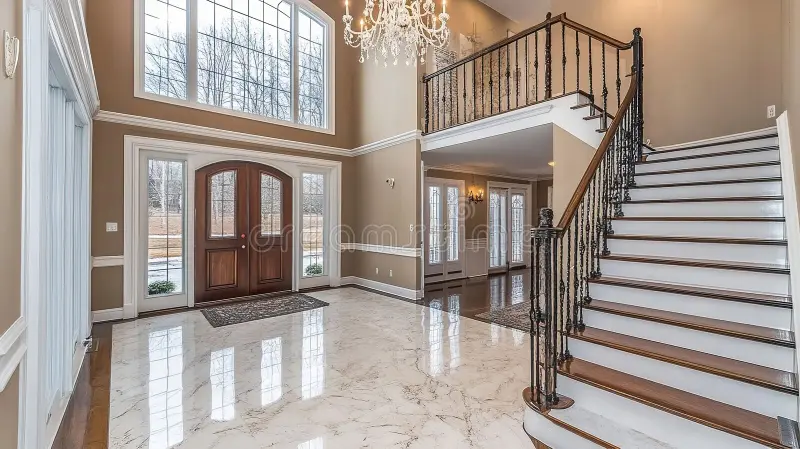
A soaring entry used to signal status, but homeowners have discovered the hidden costs. Heating and cooling that vertical space is expensive, and dusting a chandelier twelve feet up is a weekend project no one enjoys. According to Bankrate, buyers increasingly rank energy efficiency higher than dramatic first impressions. High ceilings may photograph well, yet monthly bills tell another story.
Smaller, more efficient vestibules are trending because they keep conditioned air where people actually live. LED flush‑mount lights replace multi‑tier crystal fixtures that burn through bulbs and cleaning budgets. People would rather spend on smart insulation than on specialized ladder rentals. Cozy now outranks cavernous in real‑estate search filters.
2. Formal Dining Rooms
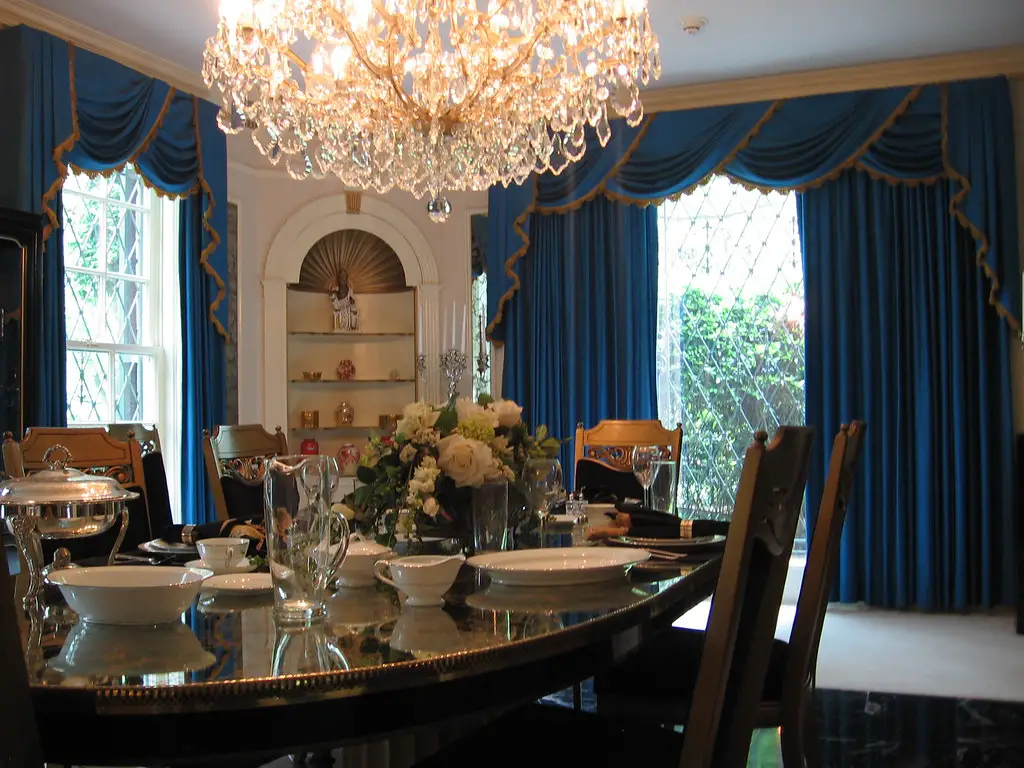
Boomers loved a room reserved for Thanksgiving, but that square footage often sits idle the other 360 days of the year. As noted by Forbes, younger buyers prefer open kitchens with flexible islands where friends can perch anytime. Turning a whole room into a seasonal shrine feels wasteful in smaller, more expensive homes. Staging pros report that people walk in, admire the table, then imagine how to knock down the walls.
Multipurpose spaces earn top marks because they adapt to remote work, hobbies, and everyday meals. Converting a dining room to an office or playroom makes the home feel bigger without an addition. Sellers who cling to a crystal‑laden tablescape may watch offers stall. Versatility beats formality every time in 2025.
3. Whirlpool Jetted Tubs
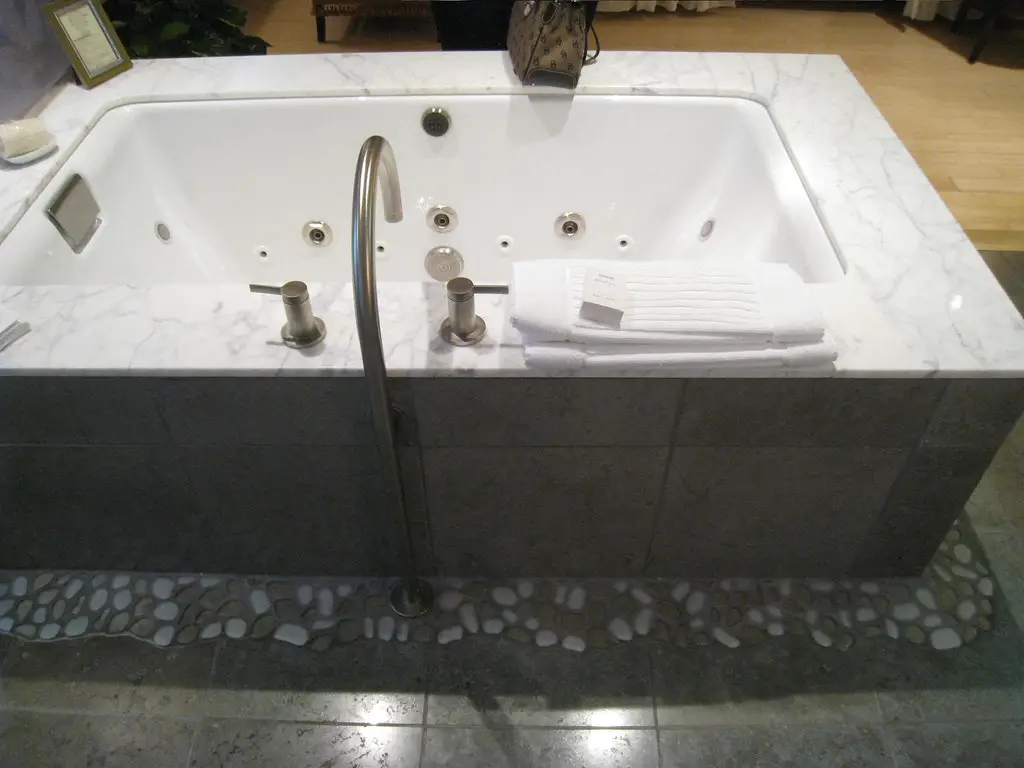
The 2000s spa‑bath craze left thousands of giant tubs lurking in primary suites, yet The Spruce data shows most buyers never turn them on. Jets collect grime, require special cleaners, and add to water bills that are already rising. Many homeowners realize a quick shower beats filling a 100‑gallon basin on a Tuesday night. The motor noise hardly screams relaxation either.
Compact walk‑in showers with rainfall heads feel more eco‑friendly and are easier to clean. They’re also safer for aging in place—no climbing over slippery acrylic rims. Contractors now rip out whirlpools in favor of dual vanities or extra closet space. What once seemed indulgent is now an instant “replace me” line item.
4. Dedicated Home Theater Rooms
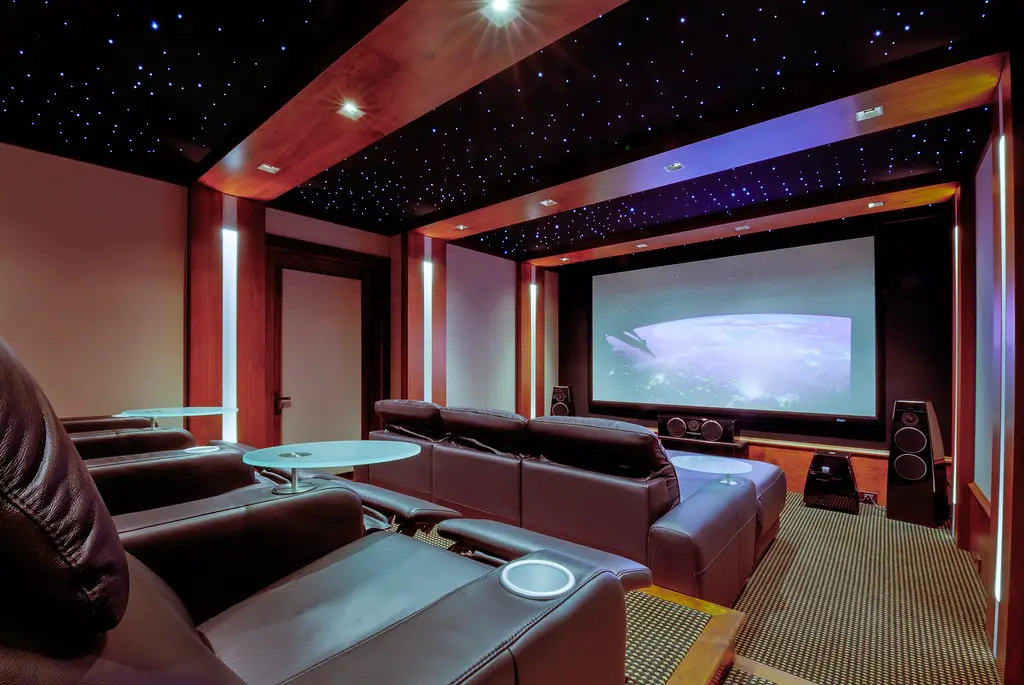
A decade ago, reclining leather chairs and blackout walls felt like peak luxury, but Architectural Digest points out that streaming on tablets and flexible seating killed the one‑purpose cinema. Massive projection setups eat valuable square footage that could host a gym or guest suite. Equipment becomes obsolete fast, leaving homeowners with pricey tech fossils. Plus, few families want to isolate movie night from the snacks in the kitchen.
Open‑concept media lofts with modular sofas now rule because they accommodate gaming, lounging, and socializing. Portable ultra‑short‑throw projectors work in any room without wiring the ceiling. When friends come over, nobody fights over fixed stadium seating rows. The new luxury is adaptability, not stadium‑style cup holders.
5. Wall‑to‑Wall Carpeting in Primary Bedrooms

Plush carpet once felt opulent, but allergies and upkeep have dimmed its shine. Dust mites and spills make deep cleaning a chore, and replacement costs trump the cozy vibe. Buyers lean toward hardwood or luxury vinyl that handles pets and coffee mishaps with equal grace. Throw rugs deliver softness without permanent commitment.
Cold‑weather homeowners pair heated subfloors with hardwood for warmth minus allergens. Maintenance boils down to a quick sweep instead of annual steam cleaning. Resale value climbs when floors look current and low‑maintenance. Carpet may survive in kids’ rooms, but luxe suites now demand durable finishes.
6. Built‑In Warming Drawers
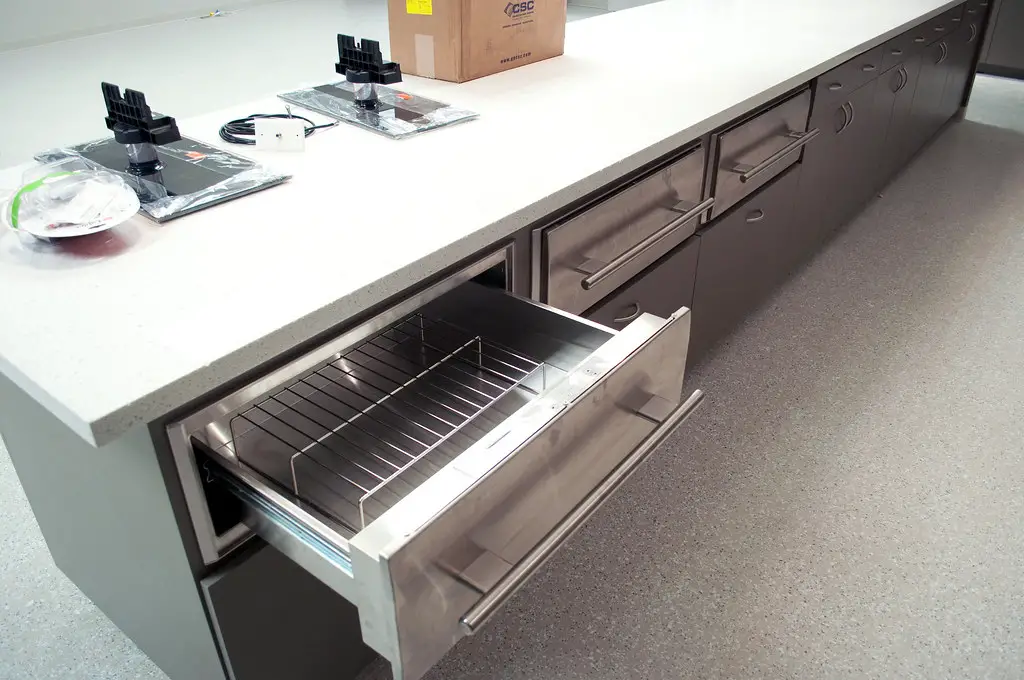
Chefs loved them for timing fancy dinners, yet most households reheat in the microwave. Warming drawers hog cabinet space and draw phantom electricity even when idle. They also cost as much as a premium dishwasher, but add little everyday value. Many new builds skip them to free up room for deep pots or pull‑out spice racks.
Entertaining trends favor buffet‑style induction hot plates that store away afterward. Smart ovens now hold food at serving temperature without a separate appliance. Removing an underused drawer eliminates one more repair risk. Simplicity beats single‑use gadgets in modern kitchens.
7. Central Vacuum Systems
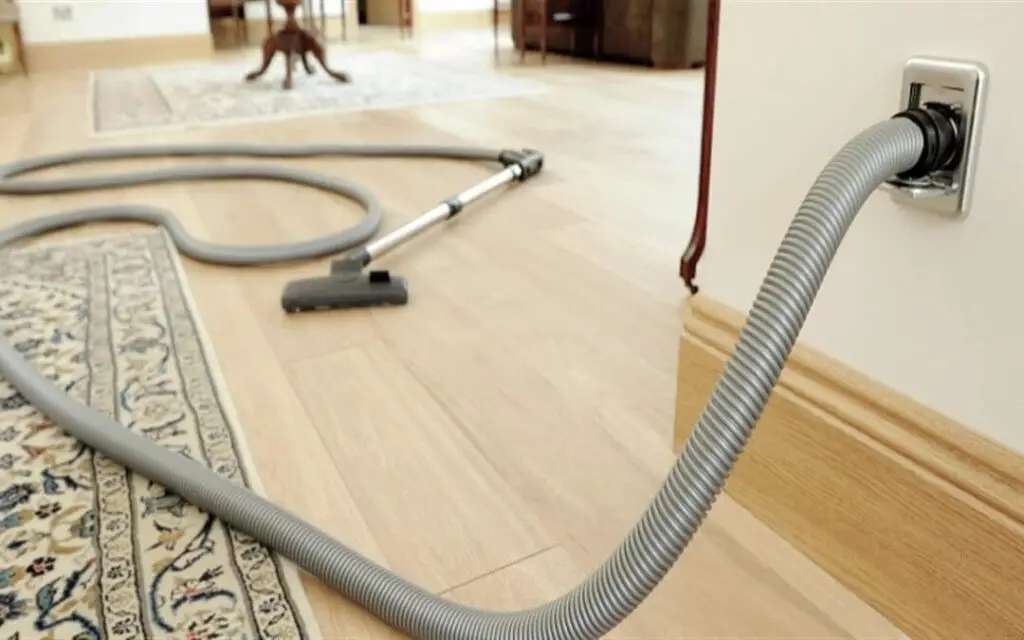
In theory, built‑in vacuums meant no lugging heavy canisters, yet owners gripe about clogged pipes and pricey repairs. Battery stick vacs now clean faster without punching floor ports into every wall. Replacement hoses cost more than a decent cordless model. When units break, parts often get discontinued.
Home inspectors say resale buyers treat central vacs as neutral at best, not a selling perk. Real estate agents even suggest removing wall plates before listing to avoid questions. Portability and tech improvements trump 1990s suction bragging rights. Dragging a hose room to room feels anything but luxurious now.
8. Ornamental Backyard Fountains

Trickling water seemed soothing until drought restrictions hit utility bills. Pumps add to electric costs, while algae requires constant scrubbing and chemicals. Mosquitoes love stagnant pools when the pump fails. Many homeowners power them off and watch them turn into leaf collectors.
Landscape designers steer clients toward native plants and xeriscape features that welcome pollinators without wasting water. A simple birdbath or rain garden yields more ecological payoff. Buyers eye fountains and think “maintenance,” not mindfulness. Quiet gardens now beat water‑guzzling showpieces.
9. Built‑In Aquarium Walls

Custom tanks dazzle during the tour, then reveal nonstop chores and high electricity costs for filters and heaters. Fish health demands chemistry knowledge most owners lack. Repairs can mean draining hundreds of gallons and tearing into drywall. If you travel, you’d better hire a fish‑sitter.
Detachable, mid‑size aquariums offer the same ambience and freedom to change décor. When tastes change, the wall cavity can’t pivot to a bookshelf without major remodeling. Prospective buyers tally upkeep expenses alongside the asking price. Luxury shouldn’t come with a feeding schedule.
10. Gas Outdoor Fireplaces
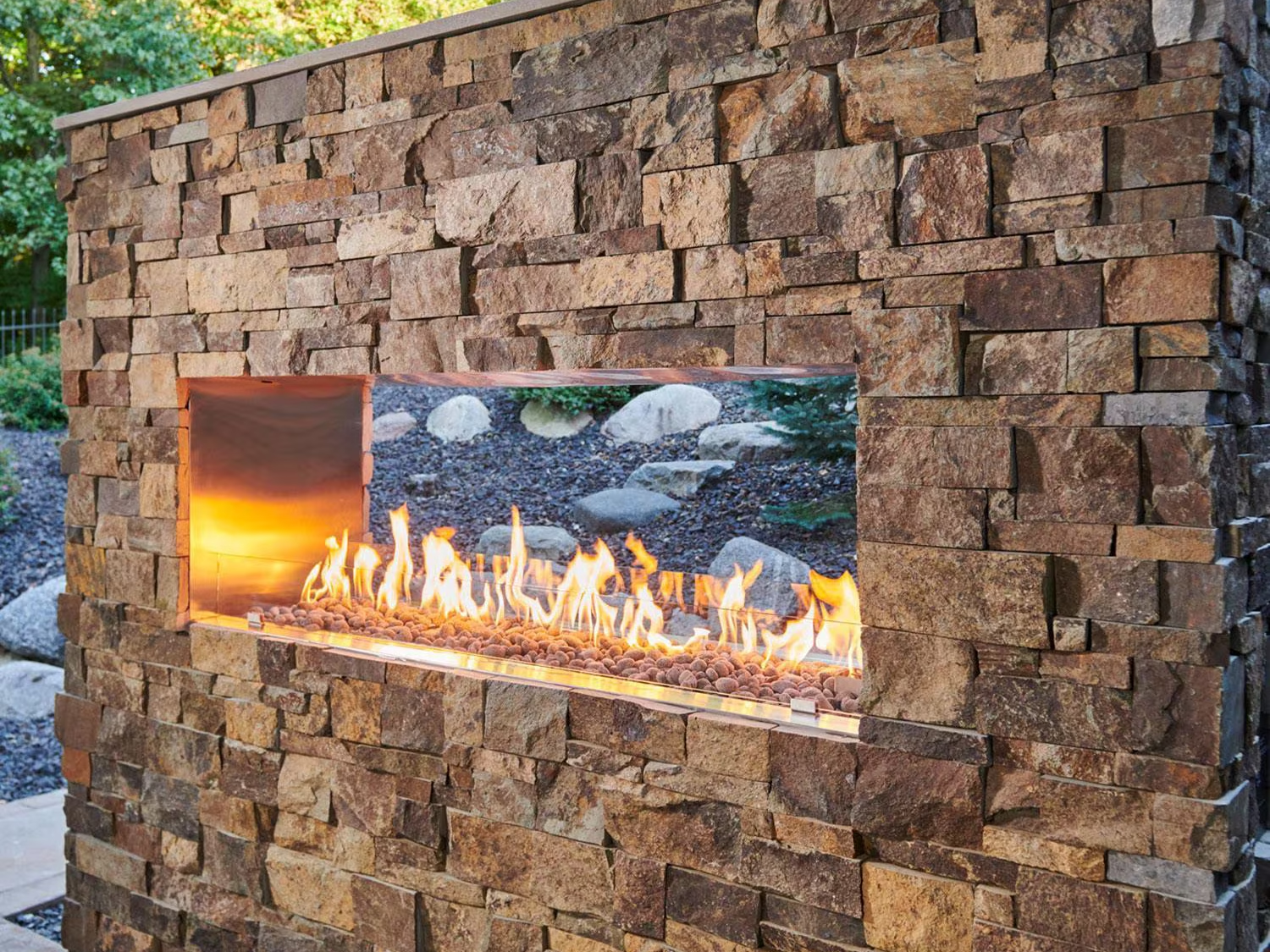
Natural‑gas fire features once defined upscale patios, but climate‑conscious buyers now question the emissions. Rising fuel prices add insult to eco‑injury, making each s’more session a line item on the utility bill. Municipal codes increasingly cap new gas hookups in favor of electric. Suddenly, that stone hearth feels dated and expensive.
Portable, smokeless wood pits or electric heaters create the same vibe without permanent plumbing. They store away for summer storms and won’t corrode burners. Flexibility helps small yards adapt to changing needs. The best patios in 2025 can reset for yoga at dawn and cocktails by dusk.
11. Oversized Wine Cellars
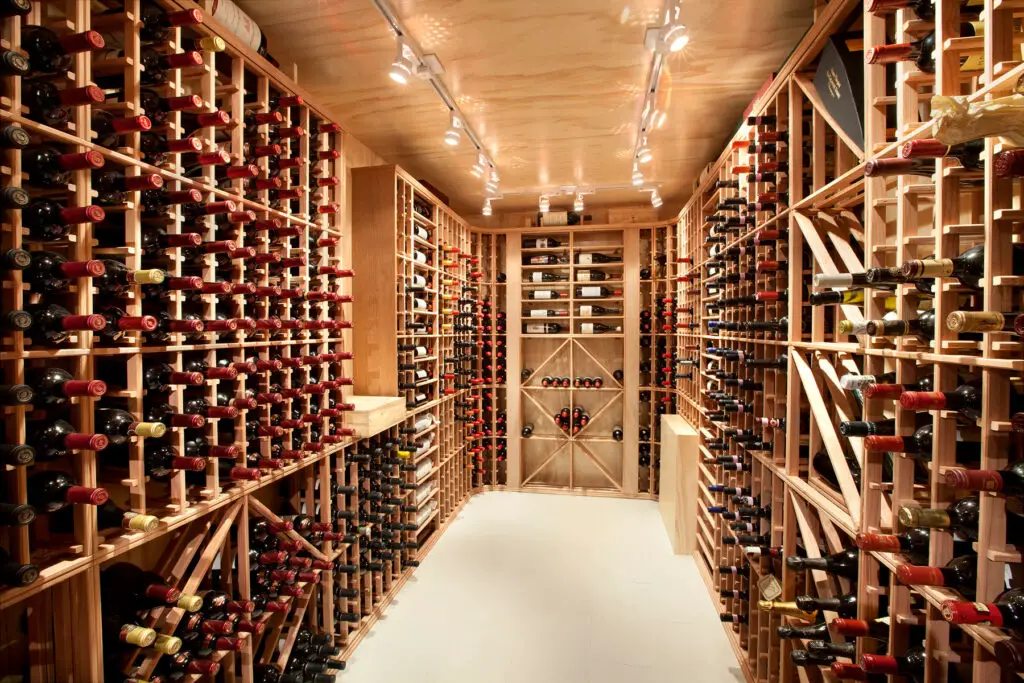
A climate‑controlled cave for 1,000 bottles impressed dinner guests in the 2010s, but many collectors now subscribe to off‑site storage or wine clubs. Cooling systems suck energy year‑round even when racks sit half empty. If humidity drifts, corks spoil and values plummet. Converting square footage into a seldom‑used shrine feels impractical.
Compact under‑counter wine fridges handle party needs without dedicating a room. Sellers repurpose cellar space into home offices or wellness studios that get daily use. Casual drinkers don’t want to learn racking angles or bottle rotation. Luxury should invite enjoyment, not homework.
12. Pot Filler Faucets
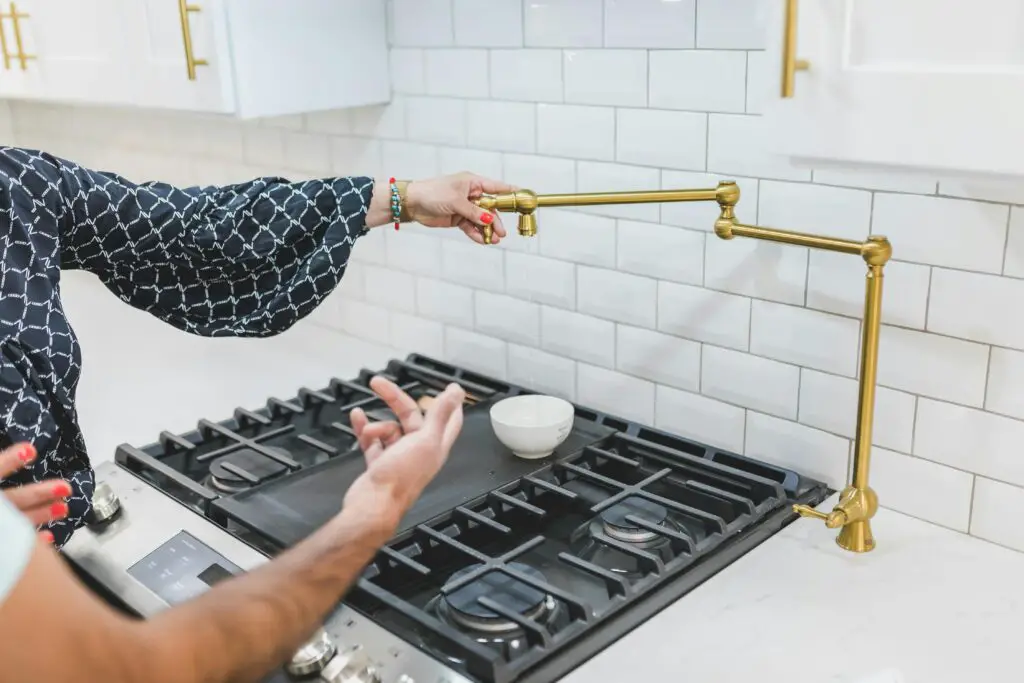
A swing‑arm faucet above the stove sounded brilliant until leaks ruined backsplashes. Most cooks still carry pots to the sink to drain, negating the extra pipeline. Repairs require opening tiled walls, and few plumbers stock the specialty parts. Insurance adjusters see pot fillers and mentally write water‑damage claims.
High‑arc pull‑down sink faucets now reach stockpots easily, simplifying prep without extra connections. One fewer joint means less chance of slow drips behind cabinets. Builders are quietly deleting pot fillers from spec sheets. Convenience shouldn’t create new failure points.
13. Smart Bathroom Mirrors with Screens
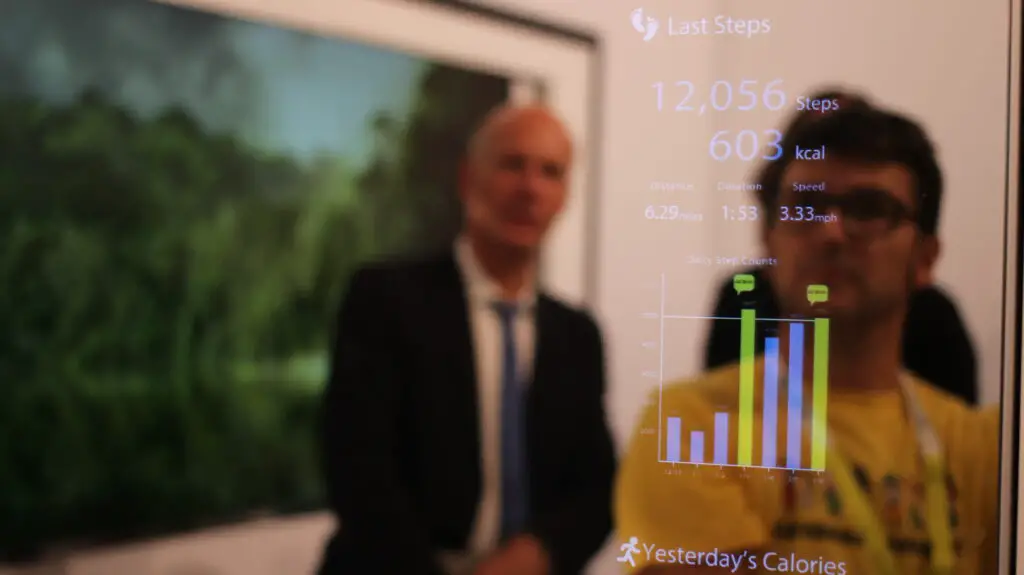
Touch‑screen mirrors promised news briefs while brushing teeth, yet updates lagged and apps froze. Moisture wreaks havoc on electronics, making warranties tricky. Voice assistants already handle weather checks without pricey reflective LCDs. Homeowners end up staring at smudged glass begging for a reboot.
Simple anti‑fog mirrors with built‑in LED rings now rank higher for practicality. Bluetooth speakers hidden in ceiling fans deliver tunes without flashing stock tickers. Tech fatigue pushes buyers toward timeless features that won’t brick after an OS upgrade. In the loo, basic beats bleeding‑edge.
14. Closet Islands Bigger Than Bedrooms

Influencer closets with chandelier‑topped islands look glamorous, but they steal footage from living areas. Dust settles on display shelves, and drawers fill with forgotten accessories. Cleaning crews charge extra to navigate boutique‑style layouts. Heating and cooling a dressing hall takes more energy than most realize.
Space planners advise allocating square footage to flex rooms or nursery niches instead. Rolling garment racks achieve seasonal rotation without permanent islands. Buyers touring mega‑closets imagine remodeling costs rather than runway walks. Function trumps flaunt when mortgage rates climb.
15. Gold‑Tone Bathroom Fixtures

Polished brass made a comeback, but fingerprints and water spots dimmed the shine quickly. Cheaper PVD coatings scratch, revealing dull metal underneath. Trend cycles move fast, turning yesterday’s glam into today’s eye roll. Replacing an entire suite of fixtures isn’t cheap.
Matte black or brushed nickel hides smudges and pairs with multiple styles. Designers now prioritize finishes that age gracefully and play well with future updates. Homeowners want hardware they can ignore between wipe‑downs, not baby with special polish. Subtle sophistication has replaced bling in the bathroom arms race.
